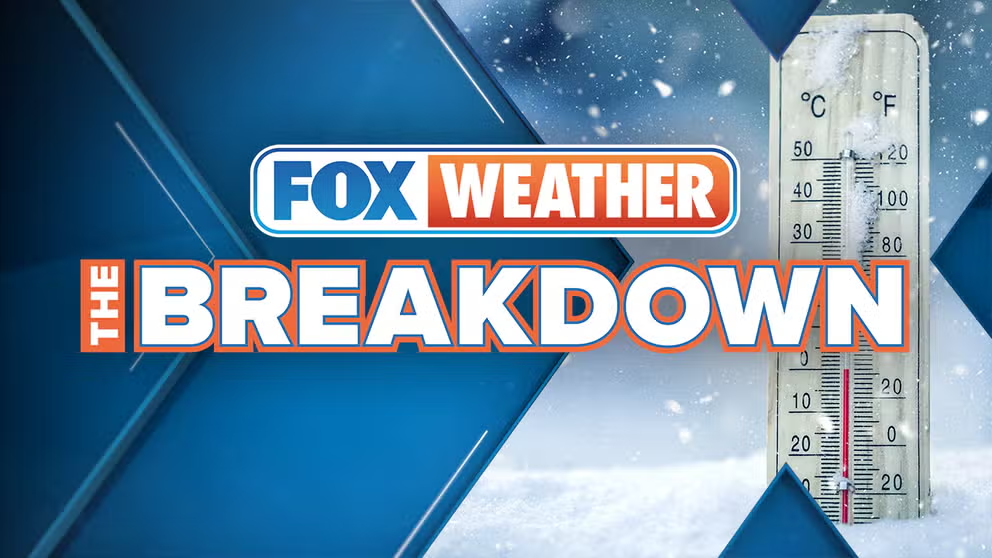What's the difference between a snow level and a freezing level?
It depends whether the weather is dry, or if precipitation is in the forecast
What's the difference between a freezing level and a snow level?
What makes the difference between a freezing level and a snow level.
For those that live near mountainous terrain, you may see some National Weather Service forecasts reference a snow level, while other forecasts may reference a freezing level. Wouldn't they be the same?
Not quite.
Freezing levels are exactly what they sound like – the altitude at which the air is expected to be 32 degrees. Below-freezing temperatures are found at higher altitudes.
That altitude is crucial information for skiers, climbers and hikers to know what temperatures they are getting into on their route.
Forecasters use freezing levels when the forecast is dry. But when precipitation is expected, the forecast will change mention to a "snow level" instead.
Snow levels are given at a lower altitude than freezing levels simply because snow can fall at temperatures slightly above freezing. It takes a bit of time for snowflakes to melt at temperatures just above 32 degrees.
The snow level can be about 500 to 700 feet lower than a freezing level depending on the atmospheric makeup.
For example, suppose we assume temperatures remain constant. In that case, you might see a freezing level at 3,000 feet the day before a storm arrives, but a snow level predicted at 2,500 feet for when the precipitation is expected to arrive.
Sometimes you can have a dual snow level
And there are some cases when a layer of warmer air can intrude between a cloud and the ground, and you can have multiple snow or freezing levels. Ice storms and freezing rain events may have a snow level at the surface and again at 1,500 feet.
Mountain ranges can also experience dual freezing/snow levels in their passes when the mountains separate a freezing air mass from a milder one.
For example, in the Pacific Northwest during the winter, locations on the east side of the Cascade Mountains are frequently much colder – perhaps well below freezing – than the western side. A pattern may develop where the general freezing level is around 5,000 feet, but an incoming storm may draw dense, freezing air from the eastern side through the mountain passes toward the west, keeping snow levels along the pass level too.
In that case, a hiker at 5,500 feet will see snow while one at 4,000 feet may be seeing rain. But a driver in the pass at 3,000 feet may be seeing frozen precipitation.
